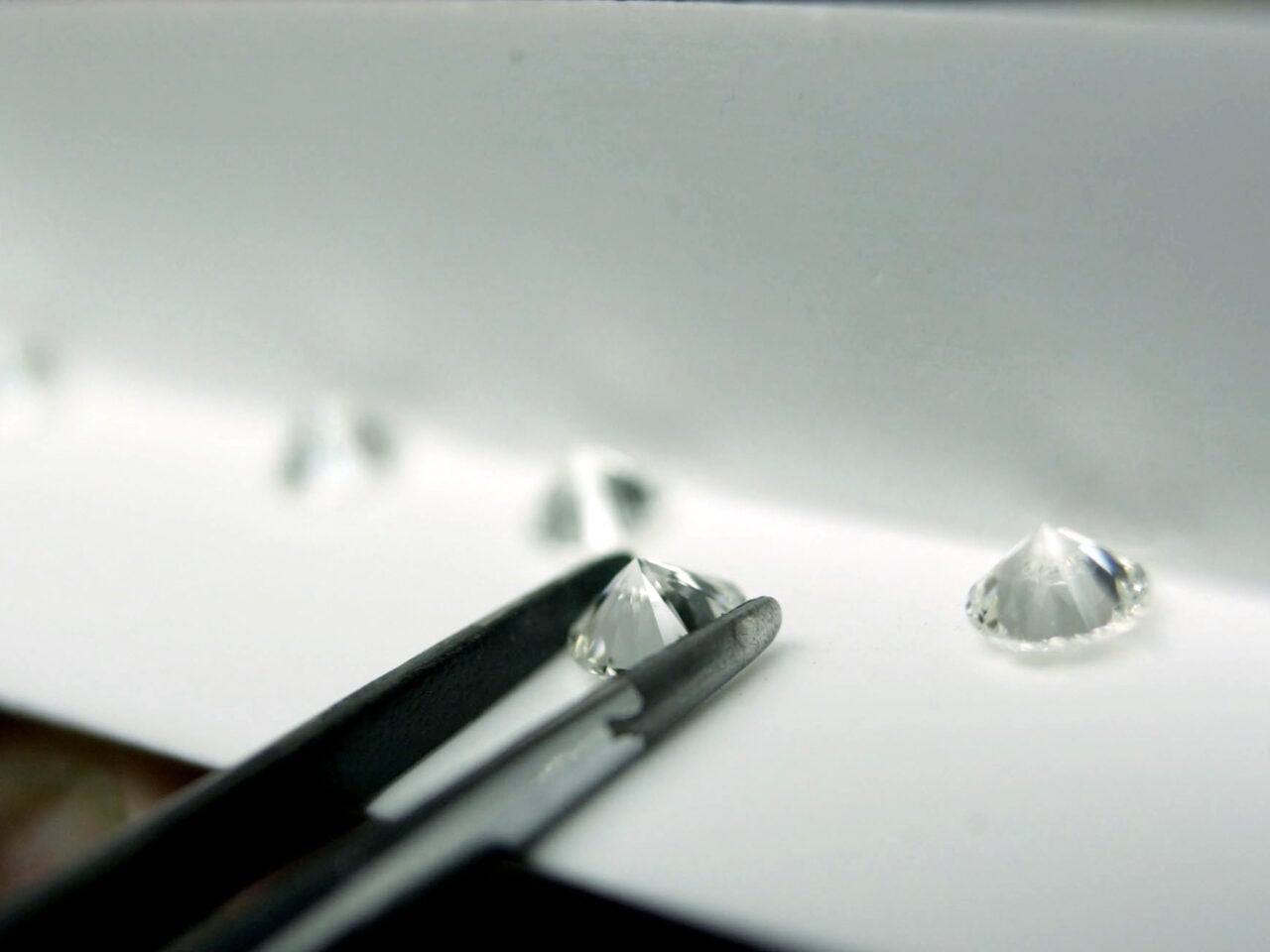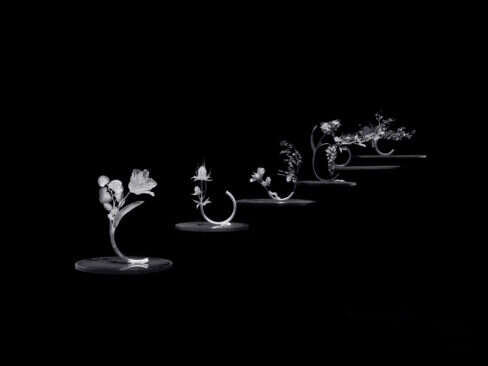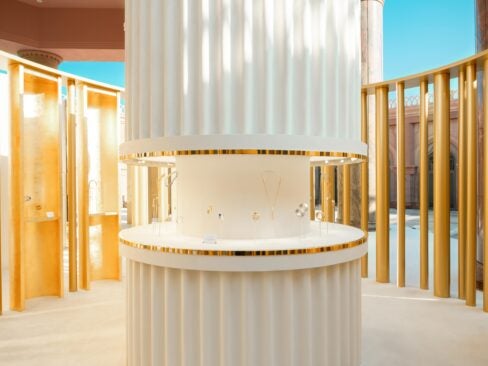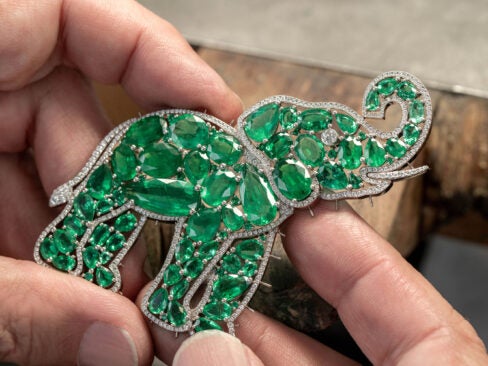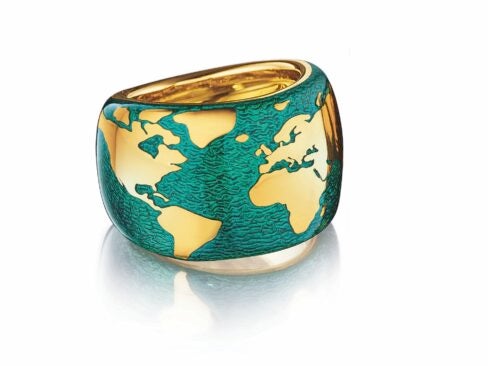As the past decade has seen people demand more information and assurances that their diamonds are ethically sourced, or even opting for lab-grown or crystal alternatives, where does this leave the natural diamond industry?
Far from the huge growth at the beginning of the 21st century, the past decade has seen a decline in demand for natural diamonds. Research by diamond analyst Edahn Golan found that, between 2010 and 2019, global rough diamond sales fell by 9%, and by as much as a third at some companies. At the same time, production increased by 14%, leading to the price per carat of rough diamonds falling by a fifth.
Although the price of a polished diamond is still growing, its rate has slowed from the 6% annual growth seen between 2000 and 2010.
Meanwhile, alternatives billed as ethically sourced — such as lab-grown diamonds which take just a few weeks to produce — are growing in popularity. Although it is hard to pinpoint the exact number of lab-grown diamonds on the market, experts estimate the volume has grown over six-fold in the past decade, up to over six million carats.
But do lab-grown diamonds, or other alternatives such as moissanite, pose a threat to the future of the natural diamond industry?
[See also: Azlee Jewelry Reveals Ocean Diamonds Collection]
Although much effort has been made to eliminate human rights abuses in the diamond industry, it is still marred by the association. And for many, particularly among the growing young generation, that could be enough to tip them away from the natural diamond world for good, with 2018 research showing that almost 70% of millennials would consider an engagement ring with a lab-grown diamond.
Golan says diamond brands have worked hard to approach social issues head on, with companies like Tiffany being a clear example.
“Tiffany always could show provenance, but it wasn't important to its client base,” Golan says. “The client base changed, their concerns changed and now Tiffany is underscoring its ability to show provenance in their diamonds and gold. If you look at the diamond industry at large, this is a very big issue.”
This marks a noticeable shift from the fashions of the beginning of the 21st century, says New York-based diamond analyst Paul Zimnisky.
“In the past, consumers just wanted the largest solitaire they could get,” Zimnisky says. “Now, consumers want to know where it came from. They want to know it's a real diamond, it’s not a conflict diamond, and it has an interesting story to tell.”
[See also: Honorable Gems: Sustainable and Ethical Jewelry]
As Golan explains, the technology behind lab-grown diamonds will improve, the clarity and size will improve, and eventually they will become indistinguishable from their natural counterparts.
“There's going to be a point where I'll be able to produce a D-grade, flawless diamond of any size,” Golan says. “All of them are going to look the same so when I reach the top, then prices are going to decline as efficiency improves.”
This effect is already happening: while the price of a natural diamond has stayed fairly level over the past five years, the price of a man-made diamond has fallen by two-thirds.
The natural diamond industry faces a crucial crossroads, Zimnisky and Golan agree. If they fail to differentiate themselves, they may find their value and social cache watered down, as man-made diamonds become increasingly common in fashion, and increasingly difficult to tell apart from their natural counterparts.
“It becomes a question of why are they going to pay four or five times more for that natural diamond versus the lab-created diamond,” Zimnisky says. “And I think it's going to ultimately be a marketing battle between the natural diamond industry and the lab-grown diamond industry.”
While man-made diamond companies will focus on the artistry and workmanship of the jewelry, natural diamonds will need to market the stone itself as the art.
“If the natural diamond market is smart, it will do everything to promote diamonds as a luxury item and promote rarity, an item that is anywhere from 800 million to billion years old,” says Golan. “So they are going to have to drill down on the provenance, the ethics, and the artistry.”





